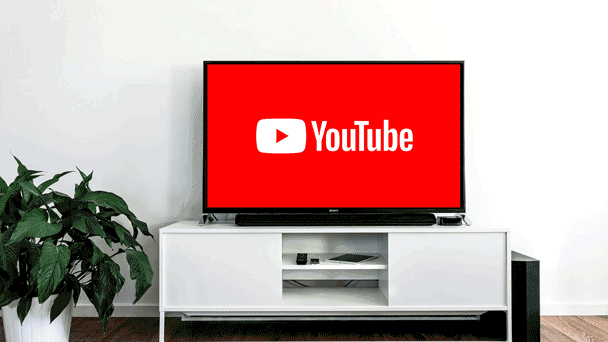
How Agencies Should Approach YouTube for TV Screens in 2020
– Agency marketers can take advantage of the massive growth in CTV audiences, and YouTube for TV Screens makes that happen
– Bigger is better when it comes to creative
– Agencies should refresh their creative approach to make the most of TV screen audiences
In a past life, I led the growth strategy of an advertising agency (Allen & Gerritsen). Previous to that I headed advertising strategy at Google.
It’s those two unique experiences that make me positive that YouTube for TV Screens should be a primary focus for agencies going into 2020.
Let’s break it down.
YouTube Is Where The Audience Is
Viewers continue to flock to YouTube, and away from linear TV. eMarketer estimates that between 2019 and 2023, households that subscribe to linear TV will drop from 86.5 million to 72.7 million, while Connected TV viewing is on the rise: estimated to reach 195.1 million monthly viewers in 2019. YouTube is still a big opportunity for advertisers, with powerful targeting and attribution capabilities, and a vast wealth of premium, brand-suitable content that’s perfect for connecting with consumers around their passions.
And YouTube for TV Screens is the icing on the cake. While many CTV channels offer rudimentary targeting and simple view reporting, advertisers get all their favorite YouTube targeting solutions on YouTube for TV Screens, and all the deep insights and reporting they’re used to on the platform. In addition, viewers tend to be more engaged with the larger, more immersive picture. They’re in a leaned-back viewing mode, anticipating and eager to watch video.
These viewers tend to watch ads more often than other viewers (which may be partially because it’s more difficult to skip than on mobile or desktop experience). There’s also no distracting notifications to pull consumer attention away — comparatively, it’s a straightforward, fully-engaged viewing experience.
But today, agencies large and small aren’t yet thinking enough about YouTube for TV Screens. But where audiences go, marketers must follow.
To help advertisers adjust to this new normal, we recently partnered with Google to break down why YouTube is the best-kept secret in Connected TV. In this webinar, we showed that YouTube had the scale and engagement to help brands and agencies driving impact among their audiences.
For example, did you know YouTube ranks #1 in reach and watch time among OTT/CTV services? It’s true — and we found that viewership of YouTube for TV Screens content actually peaks at primetime, indicating that consumers are replacing their nightly linear TV viewing with YouTube.
Whatever time of day people are tuning into YouTube on TV, the point is that audiences are tuning in to watch content around their interests and passions. While some of this content could be highly produced shows, other content may be user-generated and made-for-digital, like vlogs, tutorials, etc.
Refresh Creative Structure For YouTube On TV
Changing audience behaviors demand changes in video strategies. And agencies should refresh their creative approach, and opt for a narrative structure that’s more conducive to viewing digitally.
In our recent webinar with Google, we highlighted how marketers should pivot away from the traditional story arc of an ad — with a slow build leading to a climax or big reveal, followed by a product offer and branding — with more attention-grabbing narrative structures. Google recommends what it calls The Heartbeat — starting on a high note, building with subtle brand cues, introducing an unexpected shift in format, tone, or story, and continuing to layer in peaks and valleys to maintain attention.
As we found across campaigns we’ve run for clients, it’s also important to rethink ad length — instead of the traditional 30 second TV spot, agencies should test longer-form ads, as consumers do keep watching. In our 2019 State of Digital Video report, we found that longer creative drives 10% higher view rates than short-form, repurposed TV ads — indicating that audiences are looking to consume long-form video content on the platform.
Use YouTube’s Sophisticated Targeting
And when planning for YouTube for TV Screens, agency teams should go beyond simple demographic targeting, and make use of the full breadth of YouTube’s targeting, and seek to engage consumers around their favorite interests, habits, intentions, and other deeper-funnel behaviors.
So in short — when developing 2020 media strategies, agencies should be keeping YouTube for TV Screens top-of-mind.
By moving quickly, agencies can take advantage of the massive growth in people watching YouTube on TV screens, and help their brand clients connect with their consumers where they’re watching the content they love. And in 2020, that’s going to be on YouTube, and on TV screens.